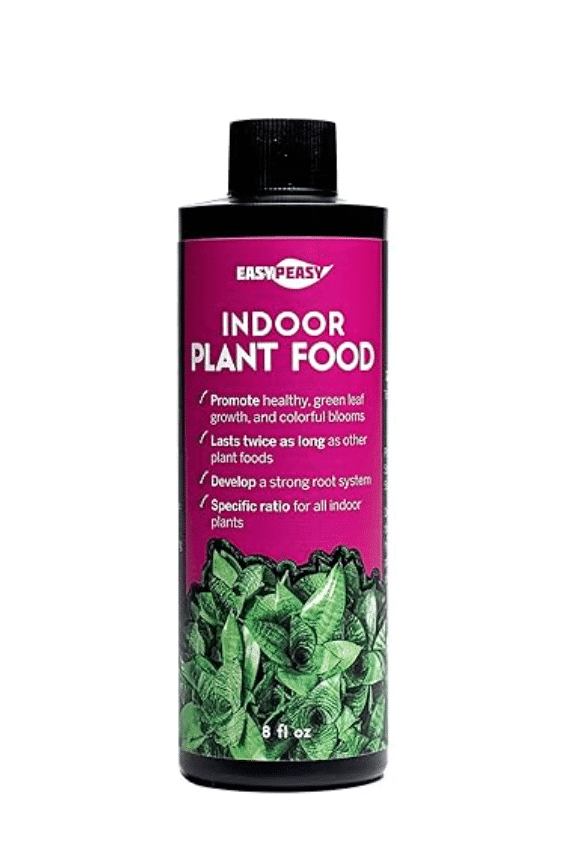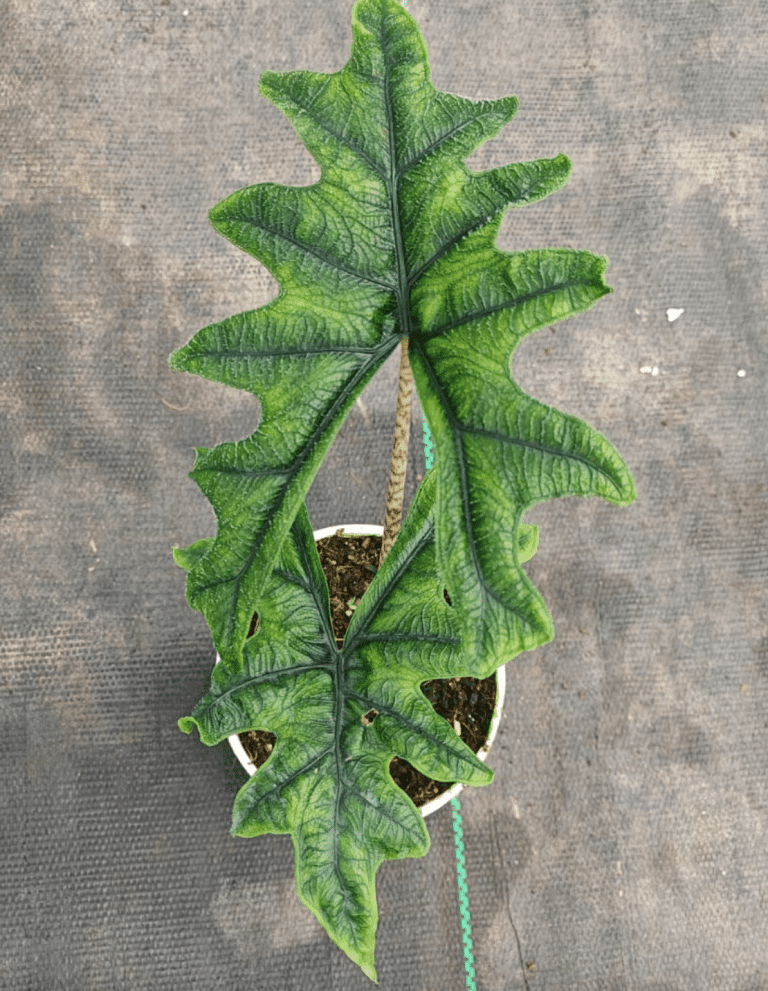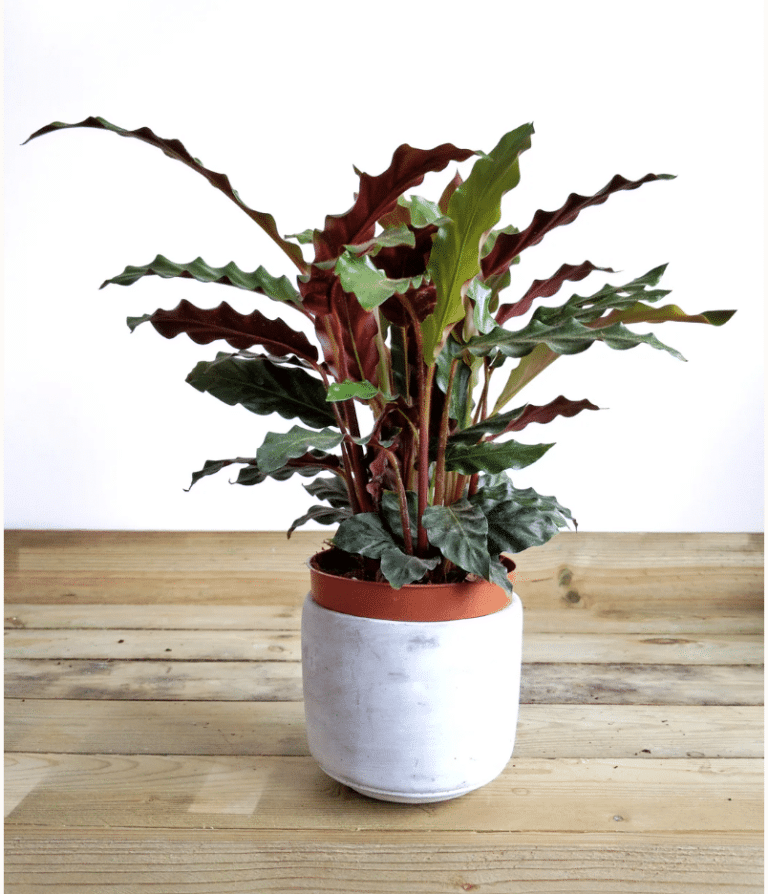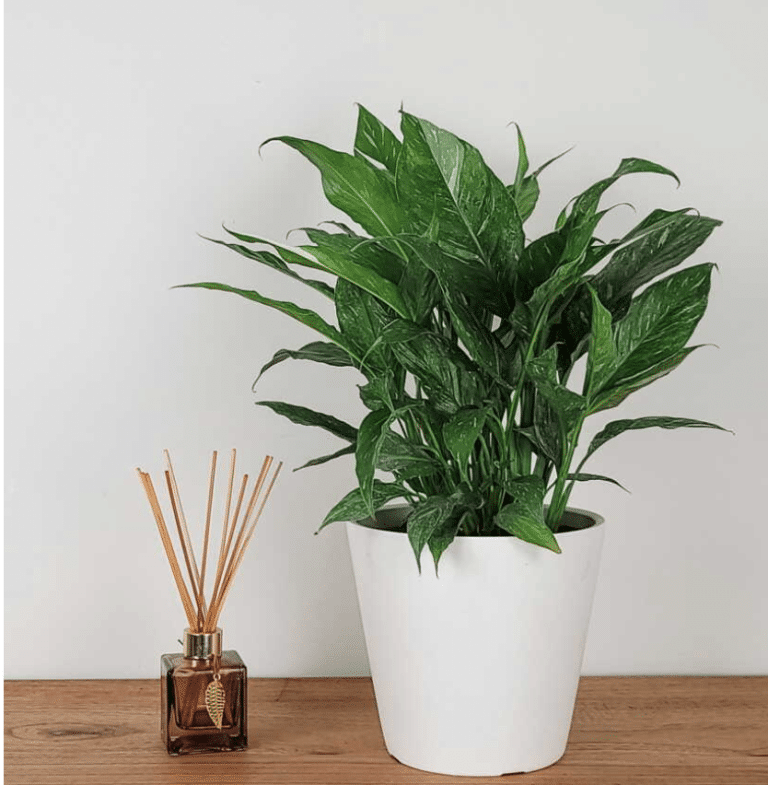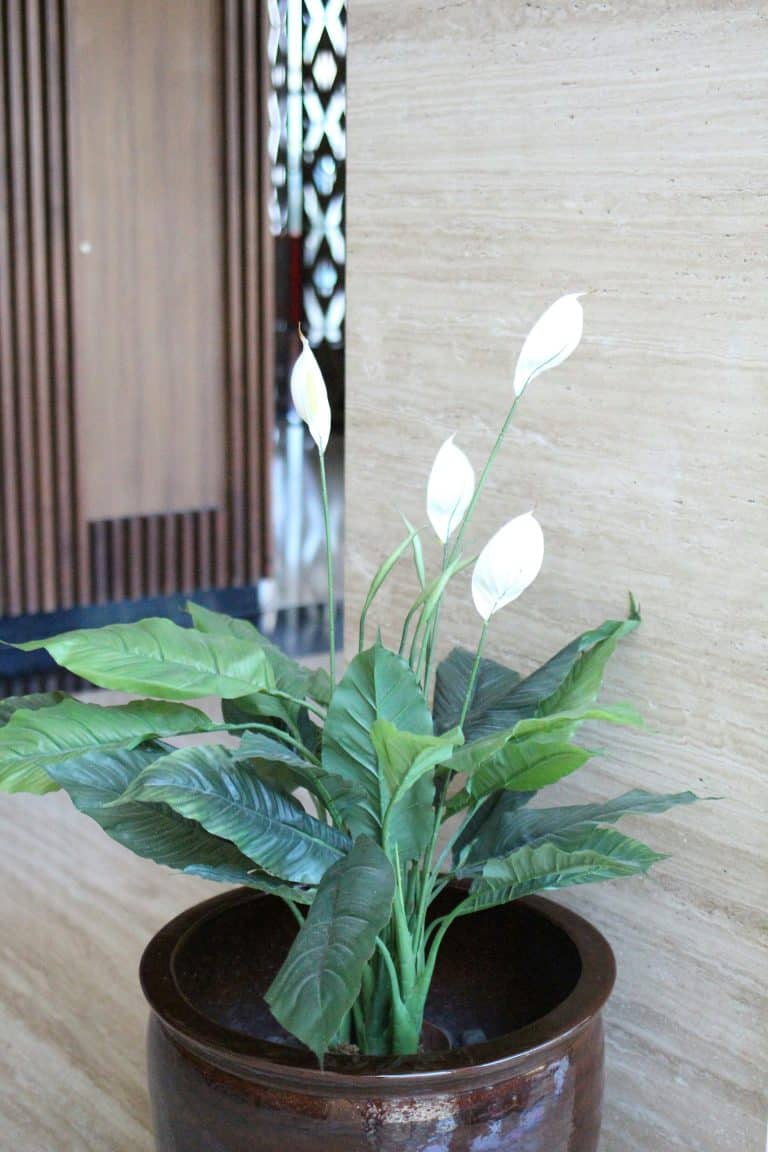best Soil & Fertilizers for purple houseplants
Explore our first-hand tested recommendations for soil and fertilizers for Purple houseplants grown in our Brooklyn community home!
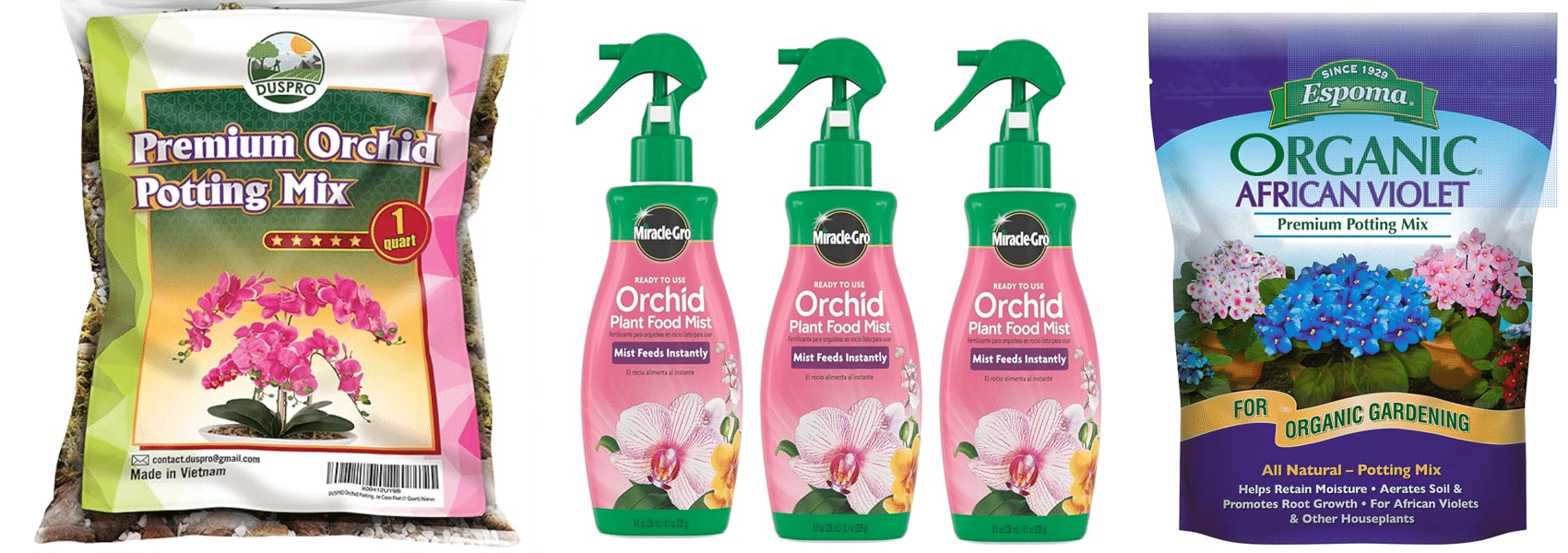
When you purchase through links here, we earn an affiliate commission, which helps sustain our blog!
You can have the boldest purple foliage or flowers, but if your soil is off? Game over. We’ve learned—sometimes painfully—that purple houseplants like Calathea, orchids, and bromeliads are picky about what’s under their roots. And the wrong soil mix or fertilizer can fade those vivid colors fast.
Whether you’re caring for a Purple tradescantia, or Orchid or a Bromeliad, we’ll break down the best potting mixes, fertilizers, and feeding schedules we’ve tested in our home—so your plants don’t just survive, they thrive.
Best overall Soil and fertilizer mix for Purple houseplants
Best Soil Mix

Best fertilizer mix

Best Soil Mix and Fertilizer for calatheas
Best soil to purchase for calatheas

DIY mix: Mix: 2 parts coco coir, 1 part orchid bark, 1 part perlite.
This miracle gro one works perfectly for calatheas
Best Soil Mix and Fertilizer for purple orchids
Best soil to purchase for orchids
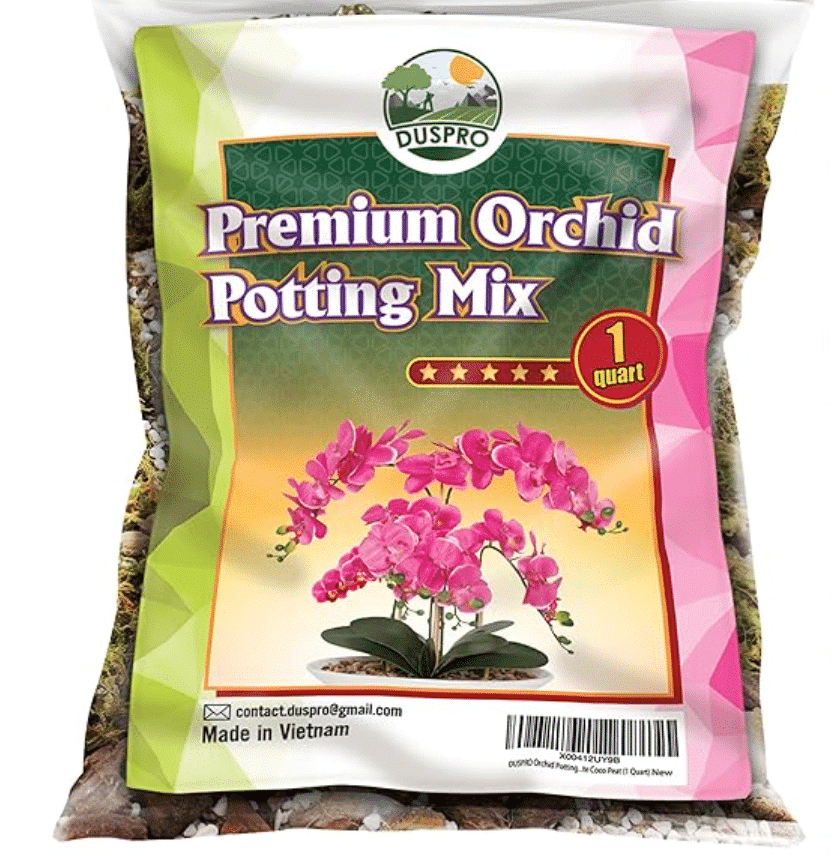
DIY Mix: 2 parts medium orchid bark, 1 part sphagnum moss, 1 part charcoal.
2. Best fertilizers for Orchids

Flowering plants like orchids and bromeliads need bloom-boosting fertilizers (high phosphorus). Feed every 2 weeks while flowering; monthly otherwise with this fertilizer.
Best Soil Mix and Fertilizer for echveria’s
Best soil to purchase for Echeverias
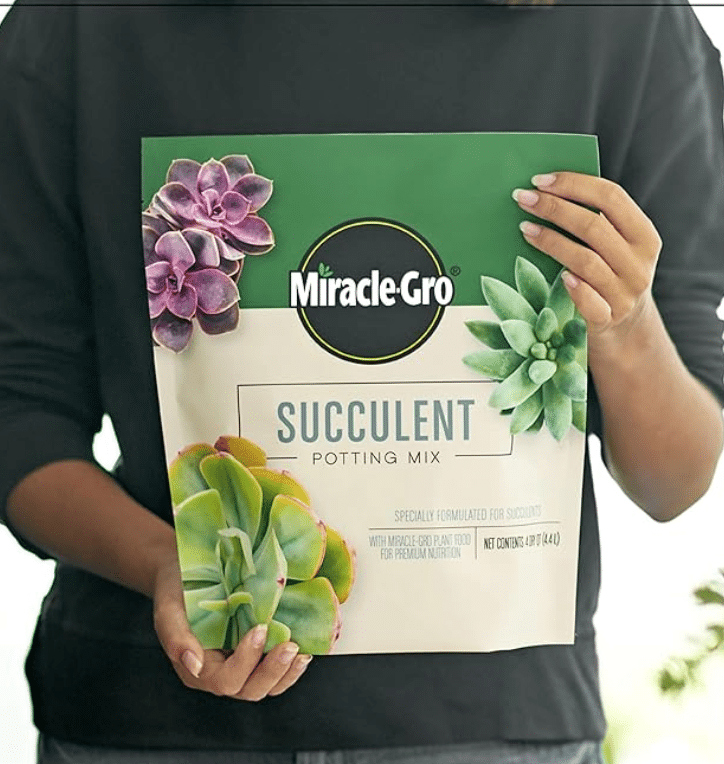
DIY mix: 1 part cactus mix, 1 part coarse sand
2. Best fertilizers for Echeverias

Feed only twice a year, during spring and summer.
Best Soil Mix and Fertilizer for African Violets
Best soil to purchase for African Violet

DIY mix: Mix: 1 part coconut coir, 1 part vermiculite, 1 part perlite
2. Best fertilizers for African Violet
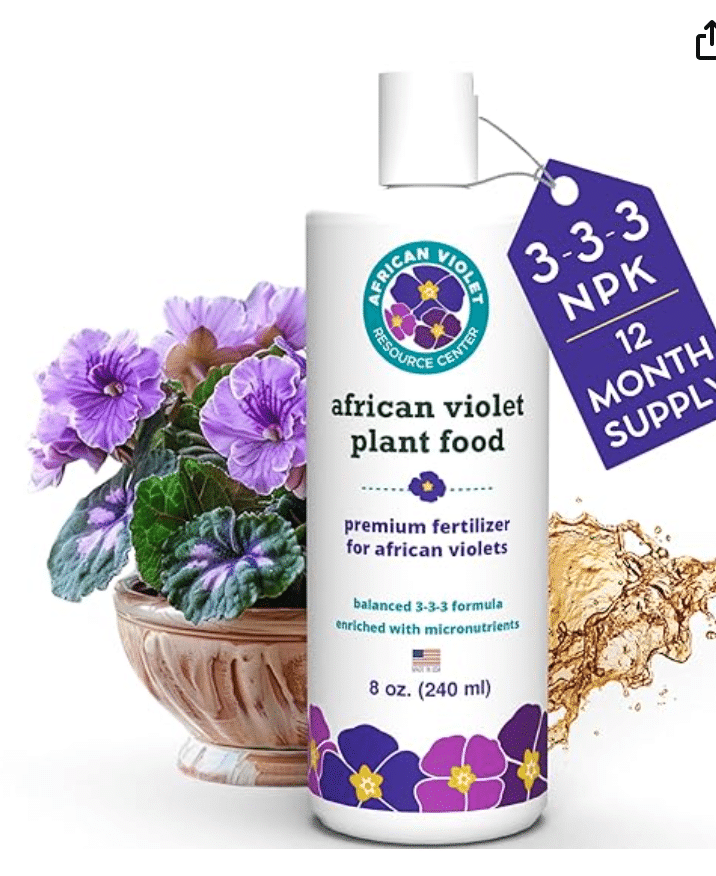
Ideally feed every month with this bloom focussed feed.
Common soil and fertilizer mistakes to avoid with purple houseplants
- Using dense, moisture-holding soil for orchids or bromeliads We once used regular potting soil for a new orchid because it was all we had on hand. Within a week, the roots turned brown and mushy. Bromeliads didn’t fare much better—they need air around their roots, and dense soil holds too much water. Now we use orchid bark mixed with perlite for both. It drains fast and keeps the roots from suffocating.
- Overfertilizing or feeding when plants are dormant (Especially in winter!) We got excited when our bromeliad started looking a little sleepy in winter. So we fed it many times: leaves started getting crispy at the edges, and the center cup turned this odd brown. What we didn’t realize was that it was dormant—it didn’t want food, it wanted rest. (Read also: how to maintain purple foliage, and how much light do they need)
- Not flushing salts from the soil or leaf cups We had once noticed our bromeliad leaves getting dull, even though everything else looked fine. Same with the african violets—tiny white crusts forming around the pot edge. Salt buildup from fertilizer was the culprit. Now we flush the pots every few months by running water through the soil for a minute or so. For bromeliads, we rinse out the central cup too. It’s a small habit that makes a big difference. Fyi: Flushing basically means watering until the water runs out of the drainage holes in the pot for a few seconds to a minute. (Read also: Best pots for purple houseplants)
- Fertilizing dry soil—can burn roots Always water first, then fertilize after the soil is slightly moist. We think of it like feeding a thirsty plant a spicy meal—never goes well.
- Skipping specific fertilizers—generic feeds often lack orchid/bromeliad needs We used a general houseplant fertilizer for everything for way too long. But orchids need a bloom-boosting mix with more phosphorus, and bromeliads often do better with foliar feeding or specific mixes. Once we switched to orchid-specific fertilizer and started misting the bromeliad’s foliage with diluted feed, the results were night and day. Brighter colors, healthier roots, longer blooms.
Conclusion:
It’s not just what’s above the soil that matters—your purple houseplants depend on what’s happening below the surface. Whether you’re caring for a stunning Phalaenopsis Orchid or a rosette-shaped Guzmania, choosing the right soil and fertilizer makes all the difference. With airy bark mixes, pet-safe organic feeds, and a smart schedule, those vibrant purples will stay bright and healthy. It just takes a little planning—and the right bag of mix.

